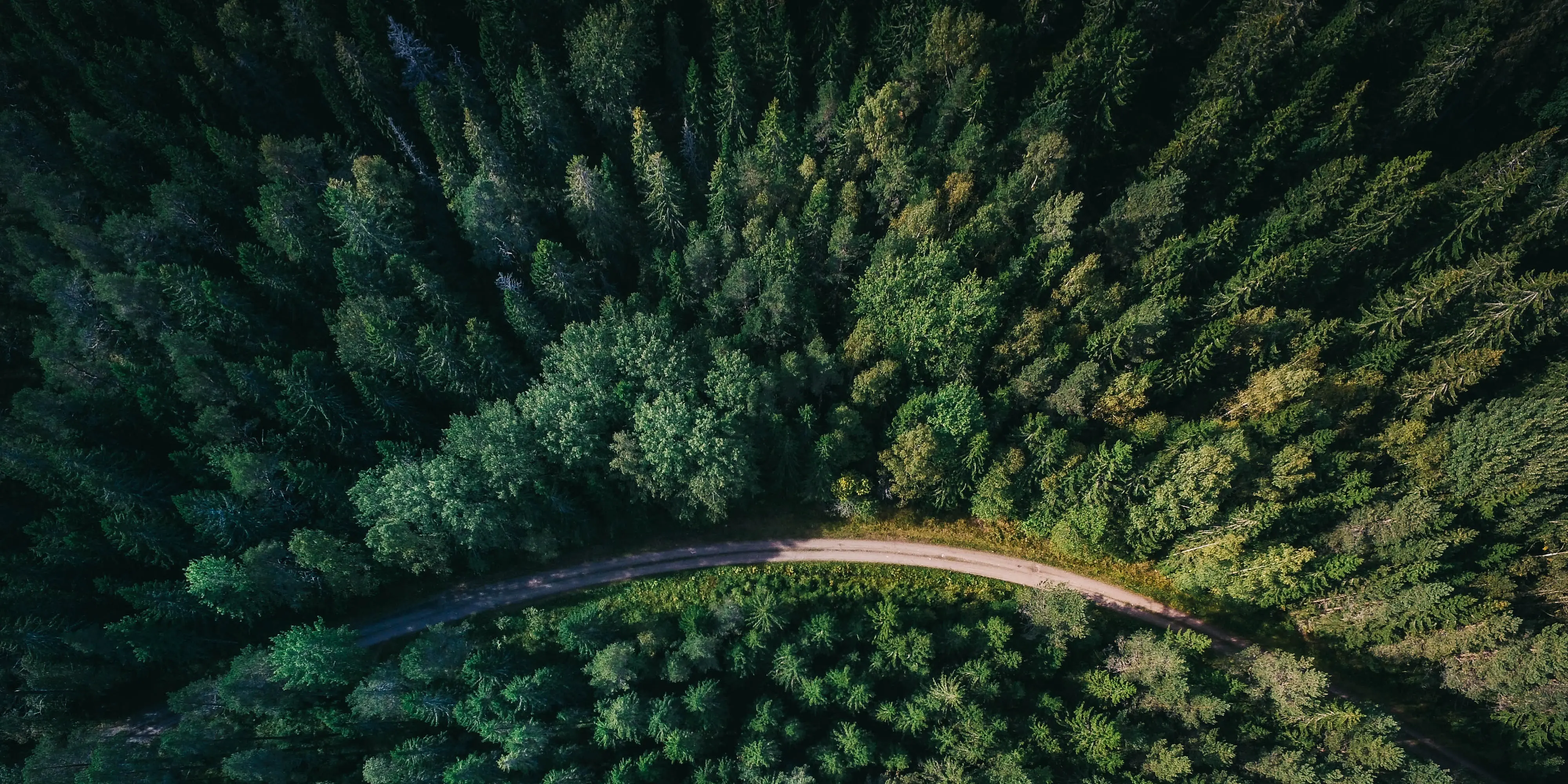One of the key things that distinguish great drone pilots from the pack is the quality of the drone data they deliver. High-quality drone data can be processed into a high-quality end result, ensuring the customer can work with accurate data.
Consistently delivering high quality drone data can be difficult though, because there are several checks you need to run. These checks take time and it’s not always easy to perform them in the field. On top of that, it can also be costly if you only realize a mistake later on and need to return to the site to redo a flight.
That’s why we have developed a free data checking tool to help drone pilots assess the quality of their pictures, even in the field. After flying your drone, just add the pictures to our datachecker and we will check the data for you using minimum bandwidth to ensure it works everywhere.
If you can’t wait to get started, you can test it out here: inflights.com/check
If you are curious about which checks you can perform with it, read on.
How does it work?
As mentioned above, we want the data checker to be usable, even with a limited internet connection. To make this possible, we only upload the metadata of your pictures to the server.
This metadata, or “EXIF” data, contains information like the coordinates of your pictures, the altitude, the angle used by the camera, et cetera. Once on the server, we then use this data to run our checks and generate a report for you.
Which checks does it perform and what do they mean?
Geotagging
The most basic check is to make sure that all your pictures are geotagged. Geotagged pictures have coordinates embedded in the EXIF data which is crucial when processing the data for surveying purposes.
RTK
RTK or “real time kinematic” is used to correct positional data. If your drone supports RTK, you use this check to make sure that the RTK was enabled and that the data is accurate enough. We will show you the average RMSE (root mean squared error) of the longitude, latitude, and altitude. The lower this value, the better.
Blur
When photogrammetry is used to process imagery, then it’s of crucial importance that the images are not blurry. Blurriness can be caused by multiple factors, for example, the drone might fly too fast for the shutter speed used. We assign a risk score to your images to give you an idea of how blurry they might be. If everything is green, you’ve done great!
Overlap between pictures
Here we project images on the ground and measure the overlap between them, so you can double-check that the front overlap is the same one as you intended and had configured in your drone’s flight settings.
Area of Interest
At Inflights we work with KML files to share the area of interest that needs to be mapped. You can upload the KML in the data checker to see if you mapped the entire area correctly.
Altitude, angle, and ISO values
We show you an overview of all the altitude, angle, and ISO values that were found in the pictures, so you can double check that this matches your expectations.

